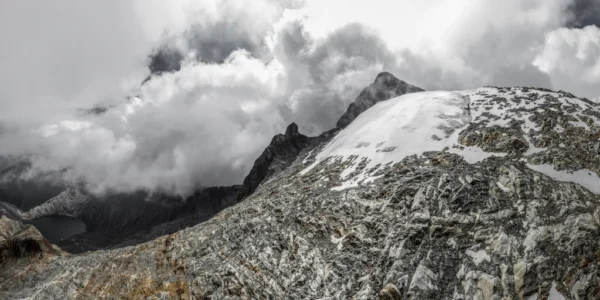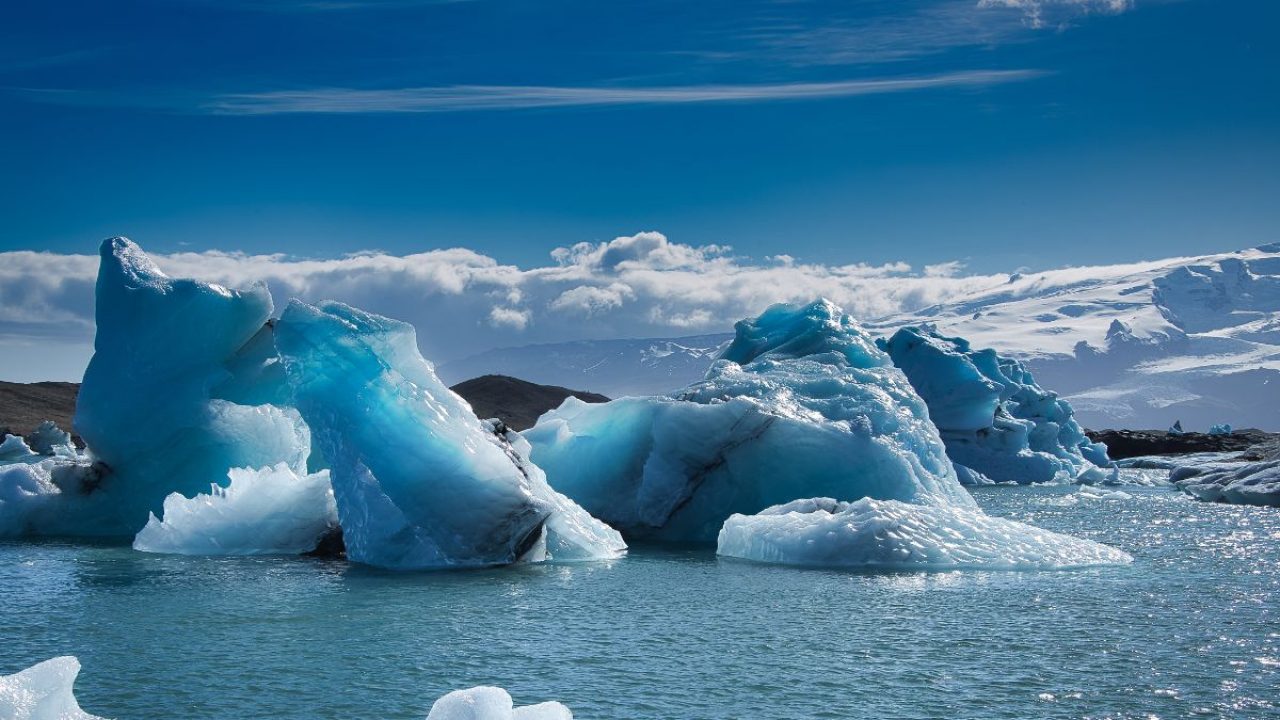Venezuela has become the first country in the modern world to lose all of its glaciers. A heartbreaking milestone that warns us about the speed.

A Nation Without Ice – A Heartbreaking First
Venezuela has entered history with a painful title. It has become the first country in the modern era to lose all its glaciers. What once shone as icy crowns on its mountains are now gone, melted away under the pressure of a warming world. This is not just a story of disappearing ice. It is the story of how fast we are losing the natural wonders that shaped our lives and dreams.
The Last Breath of a Glacier
For centuries, Venezuela’s Andes mountains held six glorious glaciers. They were not only beautiful but also life-giving. Locals watched them shrink year after year, hoping the ice would endure. The last one, Humboldt Glacier, was once a giant of ice and snow. Today, it has melted into a small patch, too small to even be called a glacier. Imagine watching a loved one fade away slowly—that is what this loss feels like to many.
Why Losing Glaciers Hurts More Than We Think
Glaciers are not just frozen water. They are time capsules of Earth’s history and lifelines for communities. They feed rivers, nurture wildlife, and reflect sunlight that helps cool our planet. Without them, rivers can dry, crops can fail, and people can face shortages of drinking water. For Venezuelan communities, this isn’t just about ice. It’s about survival.
You can read similar warnings in The Last Warning from the Edge of the World. Nature is shouting at us, but are we really listening?
A Symbol of the Climate Emergency
The death of Venezuela’s glaciers is not an isolated tragedy. It is a symbol of climate change written in melting ice. Rising temperatures, caused by human activity, are pushing ecosystems to collapse. This story is linked to other climate disasters, like the devastating fires in Europe that burned homes and hearts—Homes Lost, Hearts Burned – The EU Firestorm of 2025.
These events remind us that climate change is not just happening somewhere else. It is happening everywhere. (www.america112.com)
Voices from the Mountains
For locals who lived in the shadows of Venezuela’s glaciers, the loss feels deeply personal. Elders remember when snow capped the peaks year-round. Today, they look at bare rocks and feel a grief that words cannot fully express. For younger generations, the glaciers exist only in stories and old photographs. A piece of their cultural identity has vanished with the ice.
A Warning We Cannot Ignore
Venezuela’s tragedy is a wake-up call for humanity. If an entire nation can lose all of its glaciers within a single lifetime, what is next? Could Himalayan glaciers, which support billions of people, face the same fate? Could whole regions run dry? These are not distant possibilities. They are real threats.
What Can We Do?
The story of Venezuela is painful, but it is not the end. Each of us has the power to slow this crisis.
- Choose wisely: Save energy, cut waste, and rethink daily habits.
- Raise your voice: Demand stronger climate action from leaders.
- Protect nature: Support reforestation, wildlife, and renewable energy projects.
Small steps, when taken by millions, can turn into a powerful wave of change.
Final Thoughts – A Message in the Melt
The glaciers of Venezuela are gone, but their message remains. They warn us about the speed of climate change and the fragile beauty of our planet. Losing them is not just Venezuela’s loss. It is a loss for us all.
We cannot bring the ice back. But we can choose to protect what is left, so that future generations inherit a world where mountains still sparkle with snow, rivers still flow, and nature still breathes with life.


5 Replies to “Venezuela Without Ice: A Painful First”